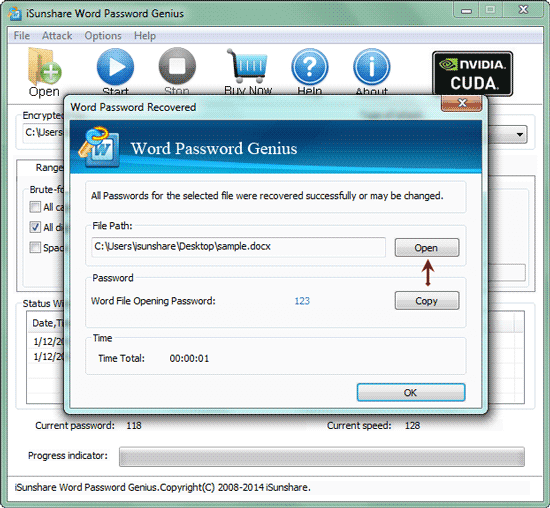

Metasploit is an advanced open-source platform that can develop, test, and use exploit code.


Despite all the positives, Wireshark has many security holes hence you need to stay up-to-date and be careful while running it on hostile or untrusted networks. It supports many media types and protocols. This tool can view the reconstructed stream of a TCP session and has a rich display filter language. Wireshark will help you to browse capture data and get information about packet detail to the level you need. It helps to examine data from a live network or a capture file. Wireshark is known to be an open multi-platform network protocol analyzer. Let us have a look at all the above tools briefly. Ping/telnet/dig/traceroute/whois/netstat.Hence to manage the results, there are numerous Network Security Tools present in the market which may save the company from damages. These losses also cause a negative customer experience, along with other consequences. The average cost of a cyber-attack is $1.67 million, including productivity and operational costs. On an individual company level, the financial loss could hurt the company. The prediction says that by 2021, Cybercrime damages will cost $6 trillion to the world. Recommended Read: Top 13 Network Security Certifications 0.Are you a network security engineer and looking to know about the Top Network Security Tools? This blog post will provide you a comprehensive list of Top 125 Network Security Tools. = Retry: Frame is not being retransmitted = More Fragments: This is the last fragmentġ000 0111 1111. 11 = DS status: WDS (AP to AP) or Mesh (MP to MP) Frame (To DS: 1 From DS: 1) (0x3) It converts the pcap file to xml to make it easily readable regardless of the type of the packetįrame check sequence: 0x4761f1b6 Ġ. I also tried to use the dpkt 802.11 package, but didn't get any result Result: D:\Apps\Python3\python.exe F:/tes/pcapReader/main.pyįrom this, what I understand is that there are no dot11 packets in my trace, which is confusing because the protocol for most packets is 802.11 according to the Wireshark output. Sniff(offline="./testData/test.pcap", prn=parse) I tried to read it using the following code I found from this question. I have a pcap file (screenshot of it opened in Wireshark below) which contains some 802.11 frame data I found similar questions but they do not solve my problem


 0 kommentar(er)
0 kommentar(er)
